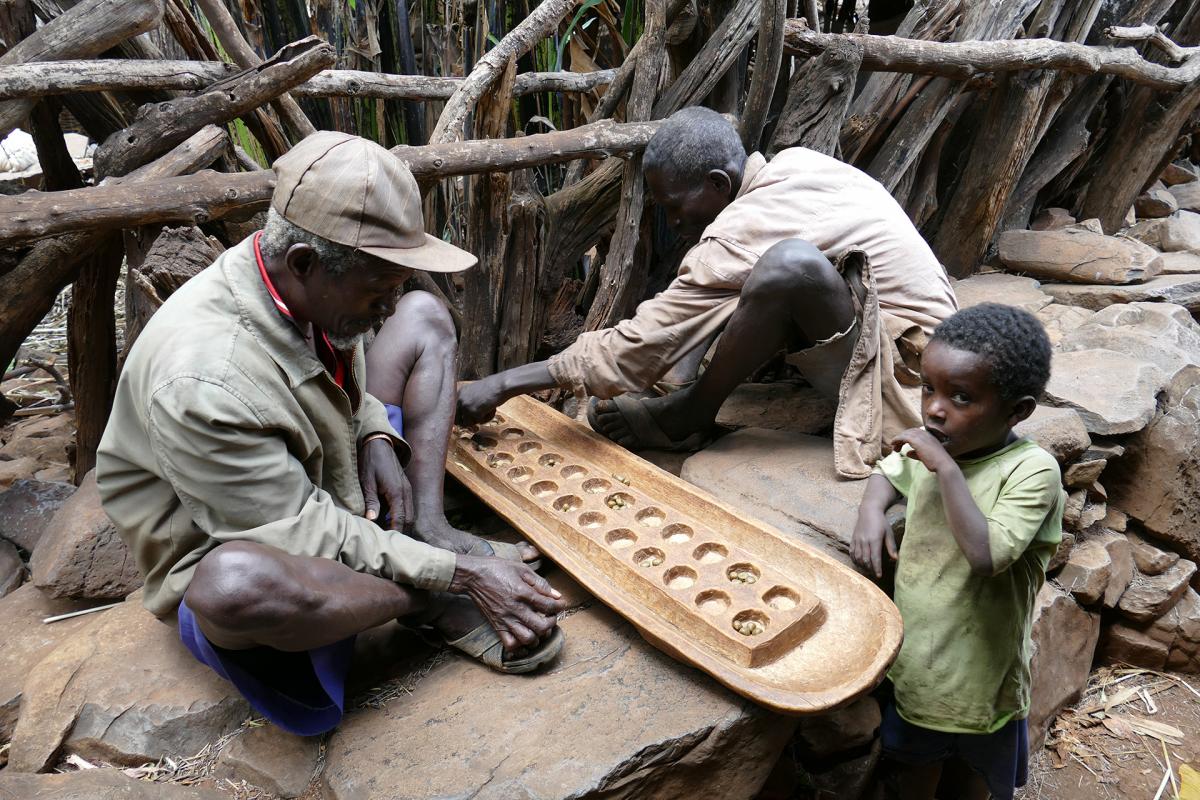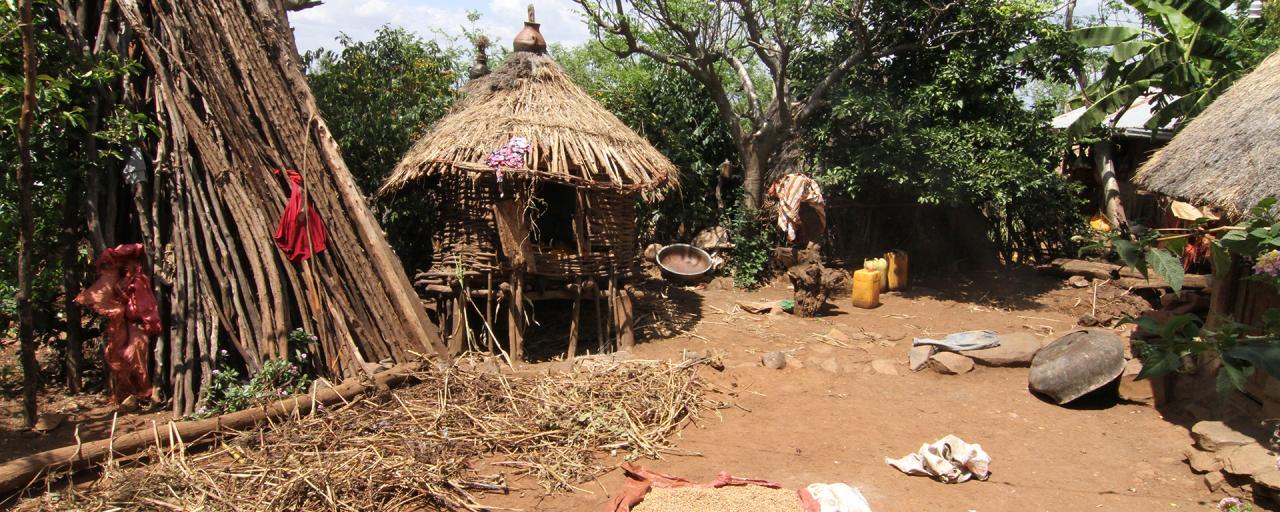Submitted by SafariADV on Thu, 2019-09-26
We are at Arbaminch, Ethiopia, in the last few days we visited the Omo Valley and it was an experience nothing short of spectacular.
Now we find ourselves a little further North but also in these lands live some very interesting populations to meet: today we had the pleasure of meeting the Konso.
From Arbaminch we drive along the paved road as we did yesterday coming from Jinka and, after about 85 km, we reach the town of Karat-Konso, already in the Konso territory, where today there is a large market, that is held on every Mondays and Thursdays.
We cross it by car, proceeding slowly, also because there are buyers and sellers everywhere, moreover it is always fun to see the frenzy and confusion, to feel the scents and the voices of an African market.
We stop at the roadside and a guy who will be our local guide in the Konso village gets into the car with us, he's called Kashale, and, of course, he's a Konso; his English is really perfect and he is very kind, he sees us very interested and so he starts telling us many things.
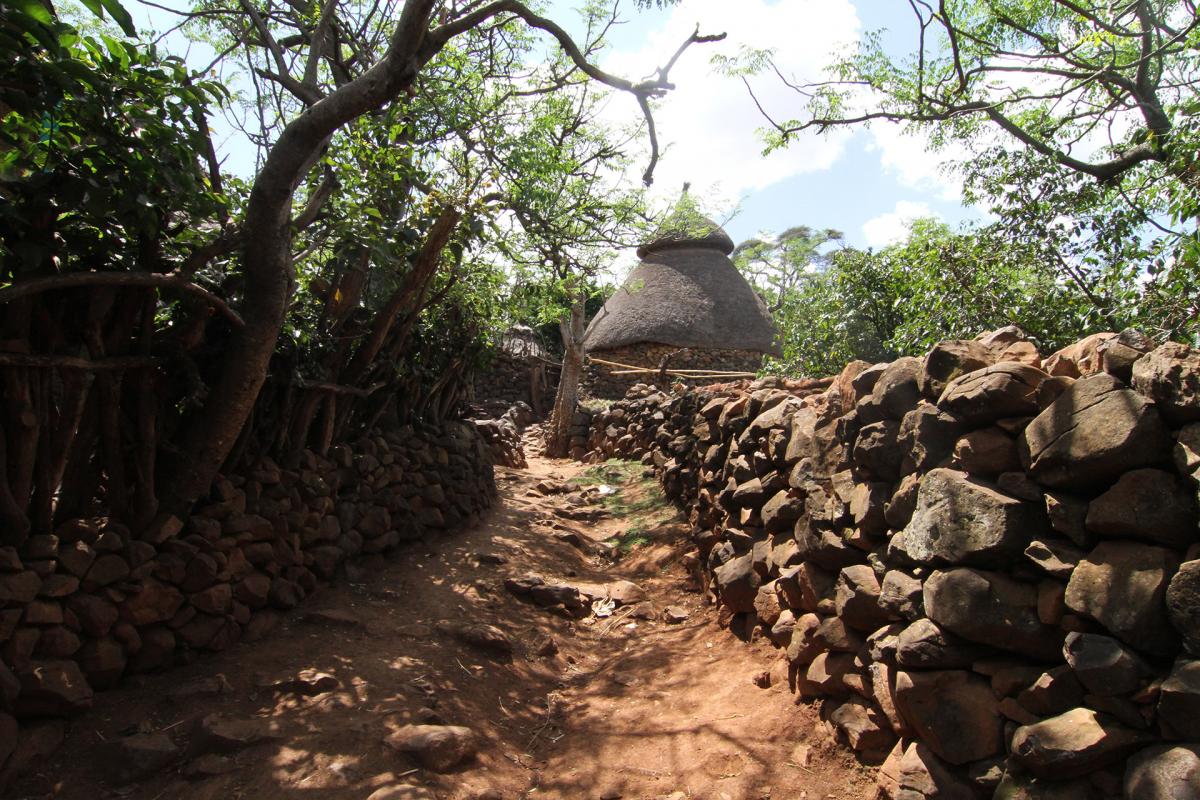
We arrive near the Konso village at Mecheke, we turn and take a secondary road and shortly after we arrive at a dirt lot and park.
We get out of the car and follow our guide along a path.
The village at Mecheke is very large, in practice it is a small town; in fact, around 3000 people live here, divided into 10 communities, but some Konso villages can host up to 8500 people.
The Konso villages are surrounded by stone walls that in the past were built to defend both the inhabitants and the livestock from the attacks of other tribes; if the village expanded, new outer walls were built and the older walls were maintained, so when you visit a Konso village you can understand its expansion over the centuries.
The walls of a Konso village have up to 4 entrances that are specially constructed as narrow, so in case of attack by the enemies, they were forced to enter the village one at a time, giving time to the Konso warriors to organize and counterattack.
Within the village each family has its own compound that is enclosed and protected by a boundary wall, made of wood and stones; in the compound there is a house for every wife, every man can have at most 2 wives, but if he is rich he can have even more.
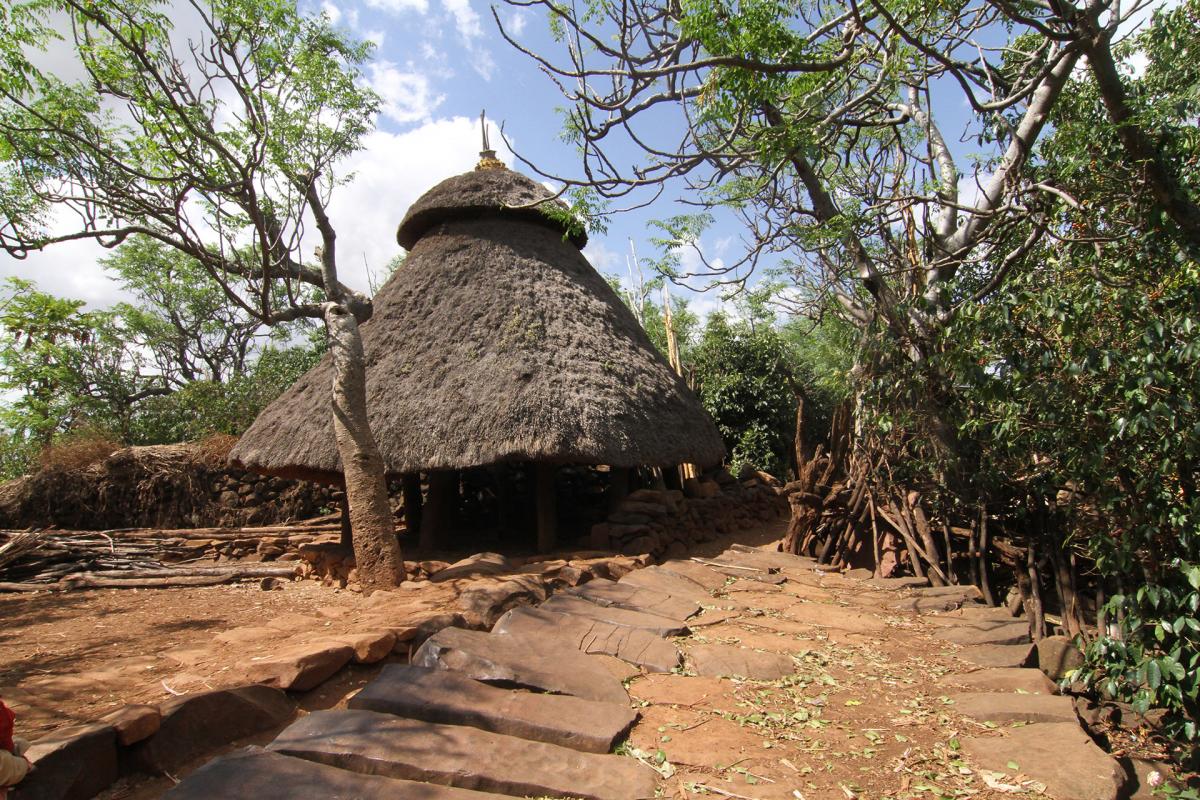
Also in the compound there are other buildings such as the granary, that can be recognized because it is raised from the ground to protect food supplies, and the kitchen that is located in a hut used only for preparing meals.
Access to the compound is through a small gap in the fence, also in this case the reason for the small dimensions is to defend the occupants of the compound from attacks.
We enter the village further and walk the narrow stone paths that wind between the compounds and other structures in the village; it is not easy to move around because the paths are irregular and the village is really big.
As we walk we meet some villagers who greet us happily, the guide tells them that we are here to learn about their culture and they thank us and make us feel at home, someone even poses to be photographed and then they laugh having fun.
In the village there are some common structures, a kind of raised terraces made of wood and covered with a thatched roof, here the boys sleep after they are 12 while the girls are not allowed in this place; here also those who visit the village are accommodated, in recent years also some travelers have been welcomed in these places.
During the day there are the elder sin this place who resolve discussions and solve problems; the elders also control the children who are left here by the parents who go to the fields to work or lead the cattle to pasture, as if it were a kind of kinder-garden or as if the elders were the grandparents of the village children.
Wandering around the village we see, in a compound, some curious wooden statues, our guide explains that they are the funerary statuesbut that they are made only for the heroes and for the heads of the clans.
The wooden statue, that is called waka, depicts the deceased; the funerary statues are not all the same: in the case of the hero, in addition to his person, his whole family is also depicted, both wives and children, in addition to the enemy he has defeated, whether he is a man or an animal; in the case of the clan leader instead there is only the statue of himself, without the family.
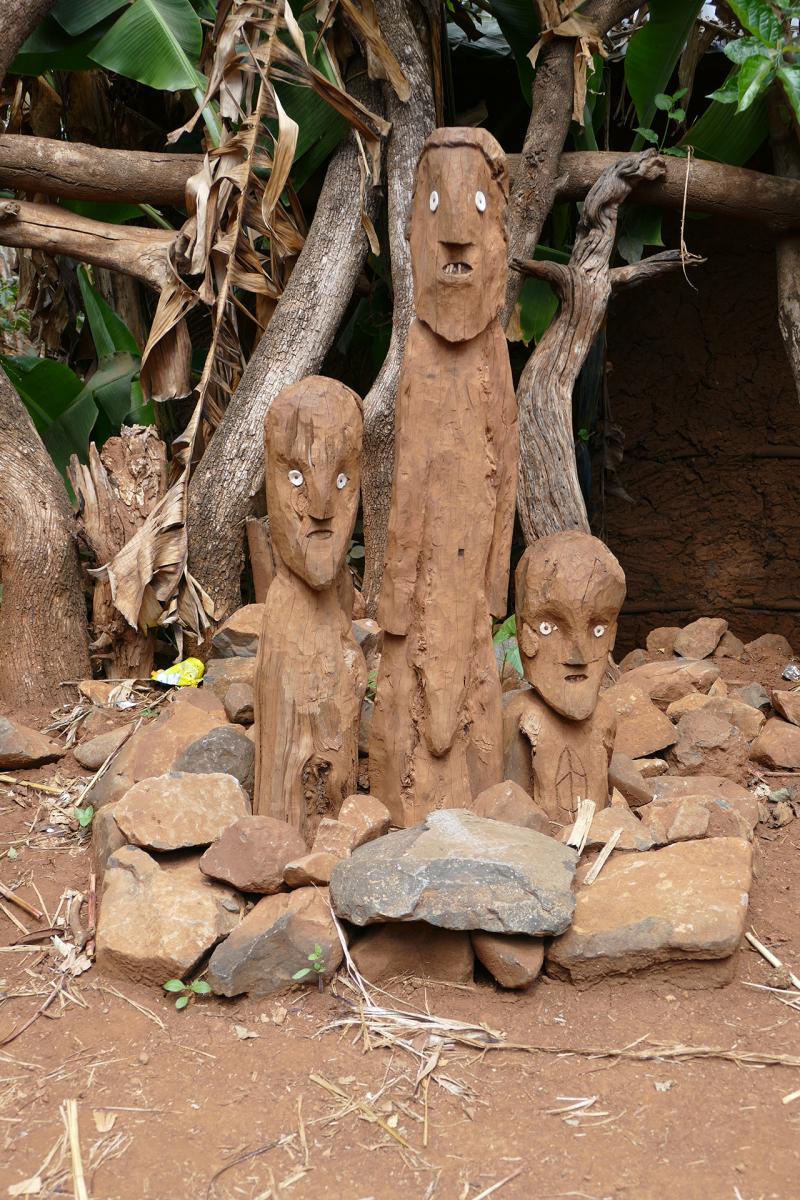
Continuing our journey at some point we arrive at a kind of square where there is a high bundle of wood, probably it was prepared to celebrate the Meskelin the coming days; here are some women who wear a strange headdress, it looks like a crocheted wig, it is curious and attracts our attention and women pose with a smile and waiting for a photograph, how not to please them!
When we leave the city walls we stop to look at the village to realize all the work that has been done to build it and it is really impressive.
Around the village at Macheke there are the fields cultivated by the Konso, a system of terraces built over the centuries to be able to exploit the hilly terrain and to prevent the erosion of the land itself due to seasonal rains; the Konso terraces were declared a World Heritage Site by UNESCO in 2011.
In every field there is not a single crop but different and this responds to a precise strategy: by planting different crops something always grows even in adverse weather conditions, moreover different crops do not deplete the soil as a single one would.
We greet our Konso guide, he is really a smart guy and he was a perfect host; we get in the car and go back to Arbaminch.
While we pass through Karat-Konso and its market and for the duration of the journey we cannot fail to comment on the wonderful experience we have just made; the Konsohave many aspects of their culture and their social organizationthat have fascinated us.
